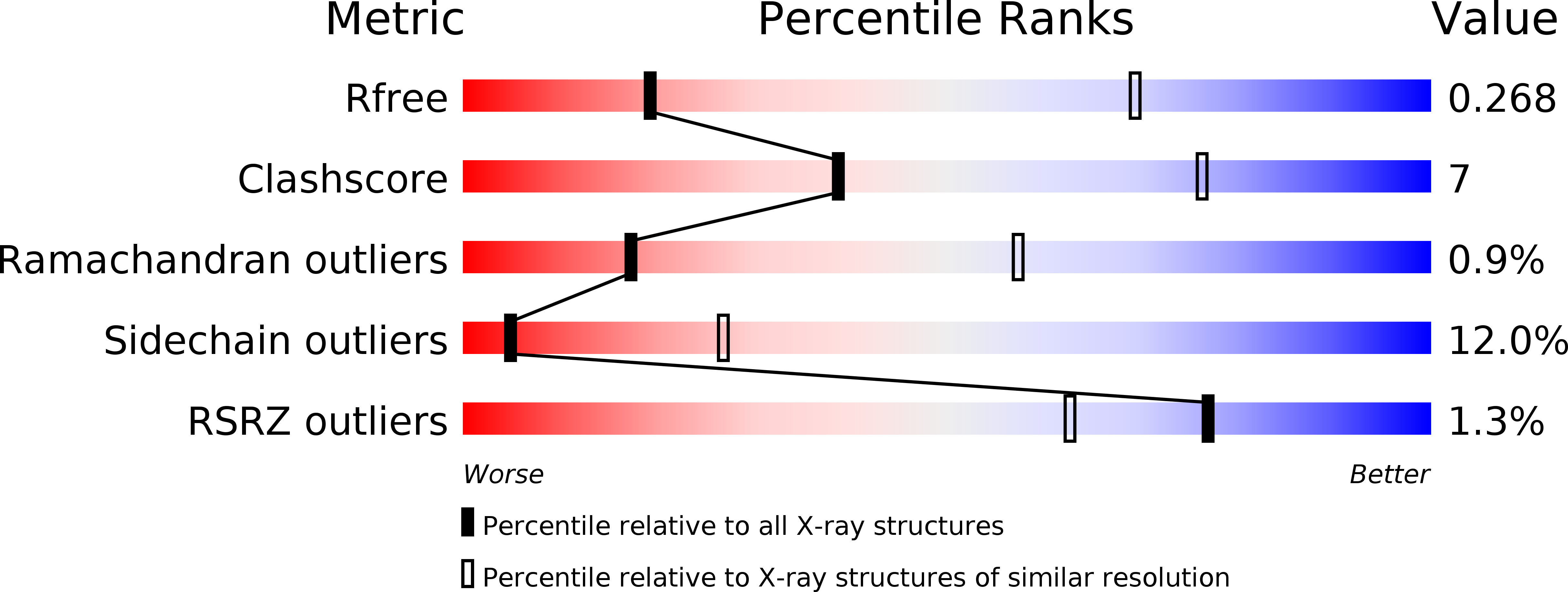
Deposition Date
2014-05-21
Release Date
2014-08-06
Last Version Date
2024-10-09
Entry Detail
PDB ID:
4QFS
Keywords:
Title:
Structure of AMPK in complex with Br2-A769662core activator and STAUROSPORINE inhibitor
Biological Source:
Source Organism:
Rattus norvegicus (Taxon ID: 10116)
Host Organism:
Method Details:
Experimental Method:
Resolution:
3.55 Å
R-Value Free:
0.26
R-Value Work:
0.22
R-Value Observed:
0.22
Space Group:
P 61 2 2


